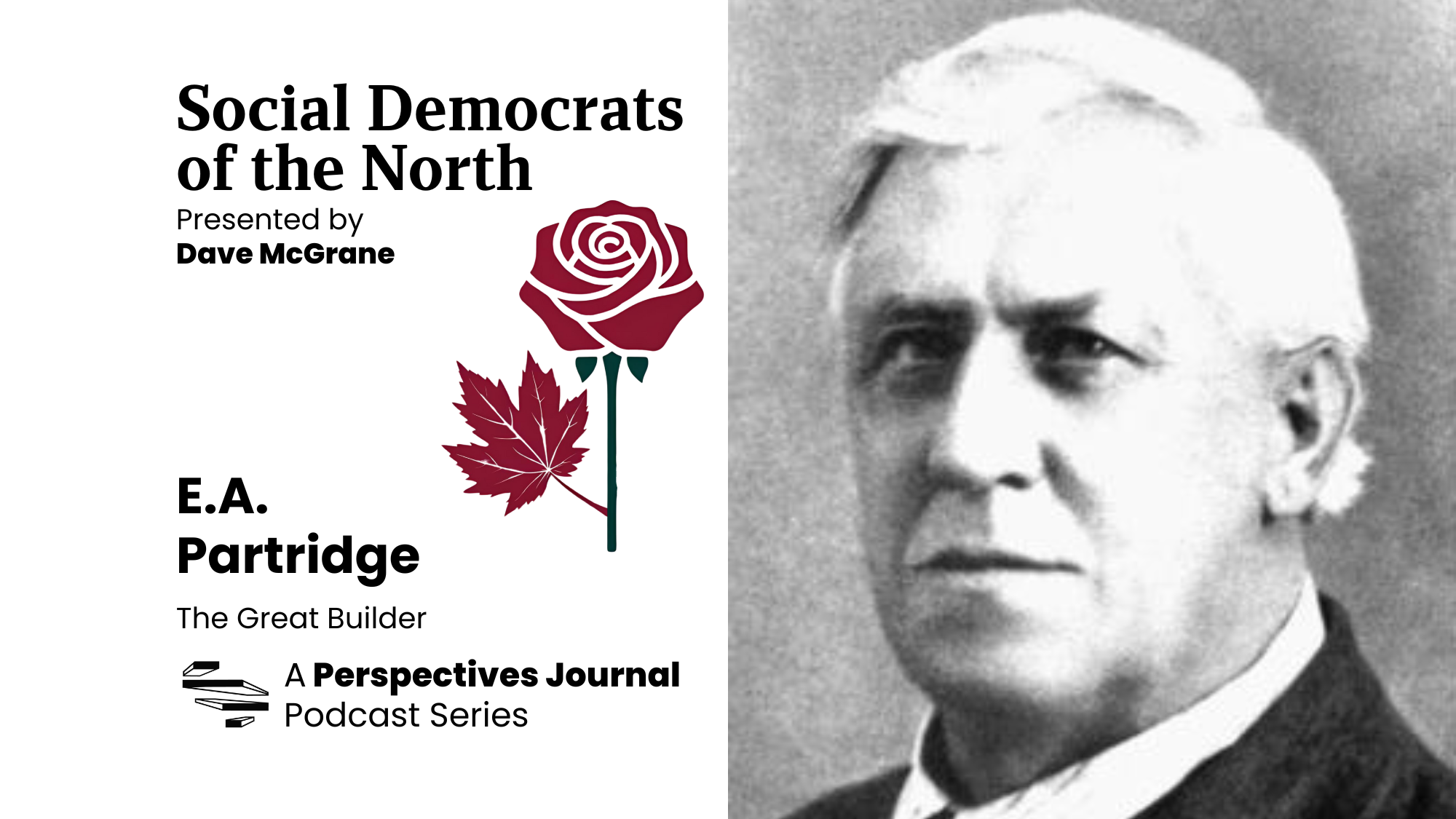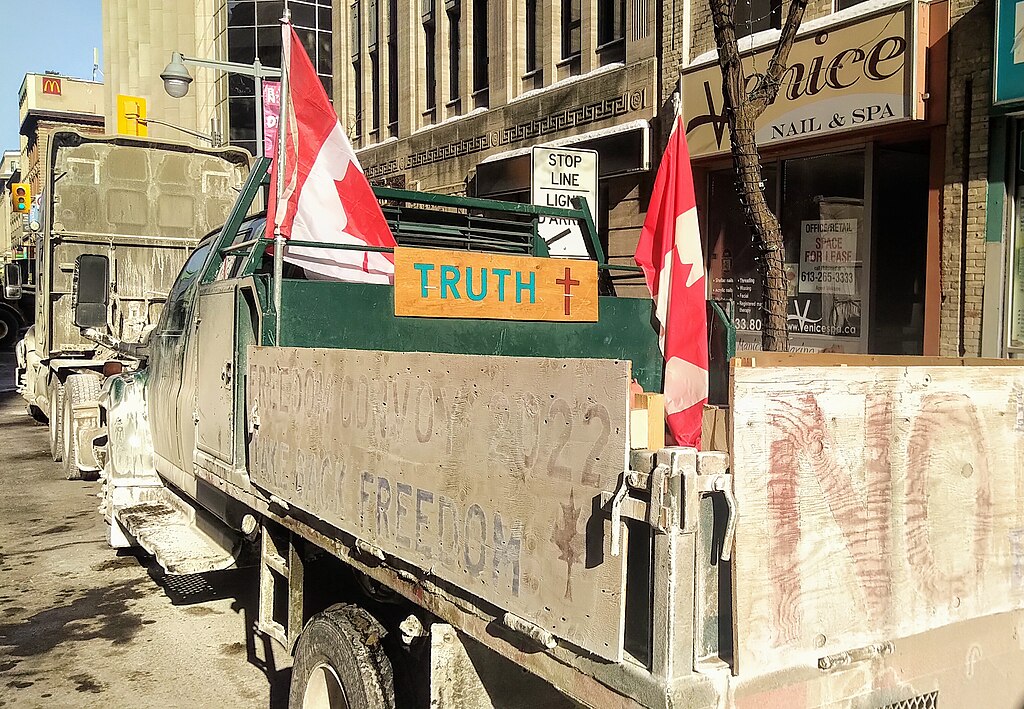Reconciliation arises from Canada’s colonial history, including Indian Residential Schools (“IRS”), and represents a “multi-faceted process aiming to restore lands, economic self-sufficiency, and political jurisdiction to Indigenous Peoples living in Canada.” At its core, much of this process is inherently depends on the respect, promotion, protection and fulfilment of the human rights of Indigenous Peoples, including the right to self-determination. Indeed, many of the Calls to Action of the Truth and Reconciliation Commission (“TRC”) expressly reference domestic and international human rights. Even where Calls to Action do not specifically mention human rights, they are consistent with the full recognition of the civil and political as well as the social, economical and cultural rights of Indigenous Peoples.
Despite the coordination of human rights with the TRC’s Calls to action, governments and other entities too often distort reconciliation in ways that tokenize the undertaking and/or justify the continued human rights violations of Indigenous Peoples. The most troubling example of this involves the shared positions taken by the Government of Canada and the Canadian Human Rights Commission (“Commission”) before the Canadian Human Rights Tribunal (“Tribunal”) following the release of the historic 2016 decision regarding the equality rights of over 165, 000 First Nations children in the context of child welfare services and Jordan’s Principle.
The road to fully adopting Jordan’s Principle and providing equitable child welfare services to First Nations children
In its January 2016 decision, the Tribunal found Canada’s inequitable provision of child welfare services and improper application of Jordan’s Principle to be discriminatory and ordered the government to immediately cease its discriminatory conduct. During the hearing, the Commission took a very progressive role consistent with the spirit of reconciliation but that shifted as the compliance phase of proceedings began before the Tribunal in February of 2016.
The Government of Canada immediately stated that it welcomed the January decision but took little action to implement the order. The Tribunal issued two non-compliance orders in April of 2016 and September of 2016 and still Canada failed to comply. Therefore, the parties involved in the compliance phase of the complaint, namely the Assembly of First Nations, the First Nations Child and Family Caring Society, the Chiefs of Ontario and the Nishnawbe Aski Nation, brought formal motions of non-compliance in December of 2016 which were argued before the Tribunal in March of 2017. The parties based their motions on the Canadian Human Rights Act (“CHRA”) provisions empowering the Tribunal to make any order required to put an end to a conduct it has found to be discriminatory, properly requested that the Tribunal make a series of orders of immediate relief aiming to lessen the impact of Canada’s discriminatory conduct against First Nations children on a short term basis. Orders requiring a party who has been found to be engaging in discrimination to cease its unlawful conduct are routinely made by human rights tribunals and are, in fact, in some jurisdictions in Canada mandatory when a finding of discrimination has been made.
Despite the legislative support for the non-compliance motions and the fact that the TRC listed child welfare as its top Call to Action, the Government of Canada and the Commission argued that the Tribunal ought to refrain from making such orders and suggested Canada should be left alone to decide how and when to comply with the January decision. This argument was consistent with Canada’s long history of obfuscation and denial in this case but it was very concerning to see the Commission, charged with upholding the CHRA, arguing for measures that would effectively immunize Canada from any external accountability to abide by the Tribunal’s orders. This is particularly disturbing in light of Canada’s long history of racial discrimination and harm towards First Nations children. In the view of the Caring Society, if there was ever a human rights case where a respondent ought be subject to intense independent scrutiny in its implementation of the non-discrimination orders – this was it.
The nonsensical argument undermining human rights to forgo independent scrutiny by the Tribunal
In their legal arguments countering the non-compliance motions, Canada and the Commission invoked reconciliation arguing that measures aimed at ceasing Canada’s racial discrimination towards First Nations children should to be determined through consultation with First Nations stakeholders rather than orders made by the Tribunal. On its face, this may seem benevolent and aligned with the TRC Calls to Action and the United Nations Declaration on the Rights of Indigenous Peoples but Canada and the Commission could not reasonably account for the fact that none of the First Nations parties were asking for consultation with Canada as they all agreed with the Tribunal’s orders. Moreover, when Canada’s official was asked about the need to consult with First Nations under cross-examination in preparation for the non-compliance hearings, she could not identify even one specific piece of information Canada required to comply with the orders. She could also not provide any clear or convincing evidence that Canada had weighed the delays in implementing the Tribunal’s orders due to the alleged need to consult against the ongoing harm to children resulting from the discrimination. It was obvious to us, that Canada was using “consultation” to shield it from its duty to end discrimination against First Nations children without delay.
Canada’s and the Commission’s shared positions on “consultation” appear to be a perversion of reconciliation and reflect a lack of appreciation for the systemic wrongdoing of the Canadian State toward First Nations children. Given Canada’s direct role in residential schools, the 60’s scoop and ongoing discrimination towards First Nations children per the CHRT decision, what could possibly support their contention that Canada should decide for itself how, when and if it will end its longstanding wilful discrimination against First Nations children? If accepted by the Tribunal, it would effectively deprive Indigenous Peoples who are victims of discrimination of equal protection under the CHRA and deny them remedies available to all other individuals. This position is not only incompatible with reconciliation but also the Supreme Court of Canada’s seminal ruling in Vriend v Alberta, in which it was held that human rights legislation must offer the same level of protection to all groups.
Reconciliation and human rights must be front and centre
There are, however, some shining examples of reconciliation and human rights have worked together in mutually reinforcing ways to uphold the rights of Indigenous Peoples. For example, the January 2016 decision of the Tribunal Canada’s First Nations child welfare program and Jordan’s Principle advances reconciliation by placing the best interests of Indigenous children, including their cultural and linguistic rights, at center of the ruling. Likewise, the Tribunal’s contextualisation of Canada’s ongoing racial discrimination against First Nations children within the historical framework of IRS rightfully recognises that systemic changes are required in order to remedy the past and continuing injustices experienced by First Nations children in Canada. The Tribunal also ensured that the adjudication of the complaint was done in a manner that advanced reconciliation. For example, the Tribunal welcomed traditional ceremony and the participation of children in the opening and closing proceedings, gave significant weight to the testimony of IRS survivor, Chief Robert Joseph, and ensured unprecedented camera access to the Aboriginal People’s Television Network and National Film Board so First Nations citizens and the public could follow the case.
The Tribunal’s positive example of reconciliation lies in sharp contrast with the arguments put forward by the Government of Canada and the Commission in the remedy phase of the hearings. We hope the Commission will return to the high standard of reconciliation informed work it exemplified prior to the release of the Tribunal’s decision in January of 2016. As for Canada, it must welcome the independent oversight that our human rights system provides to ensure it fully complies with the Tribunal’s orders and ends discriminatory service provision across all areas of First Nations children’s experience. After residential schools and the 60’s scoop, we must acknowledge that the time for Canada to be left alone with First Nations children is not upon us. They must be watched and held accountable until the discrimination stops.





